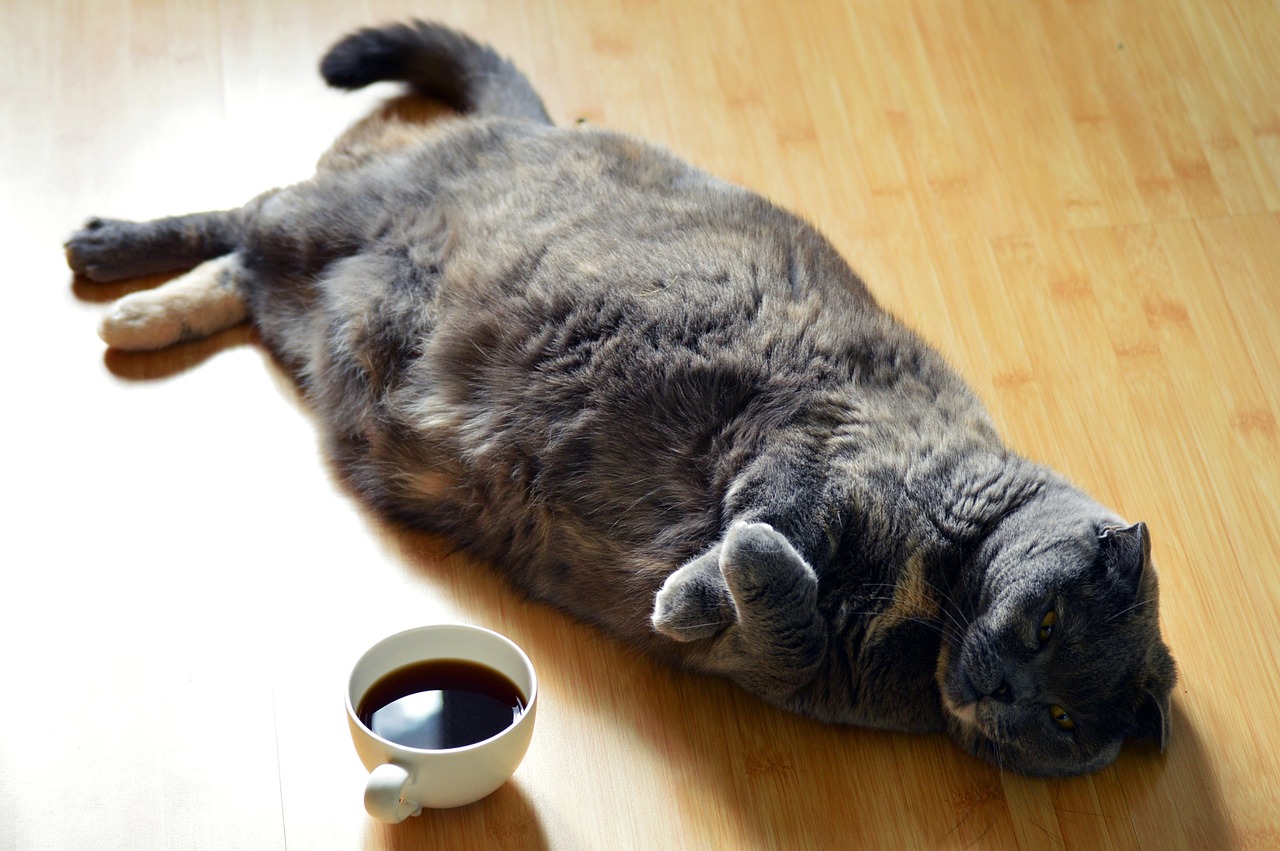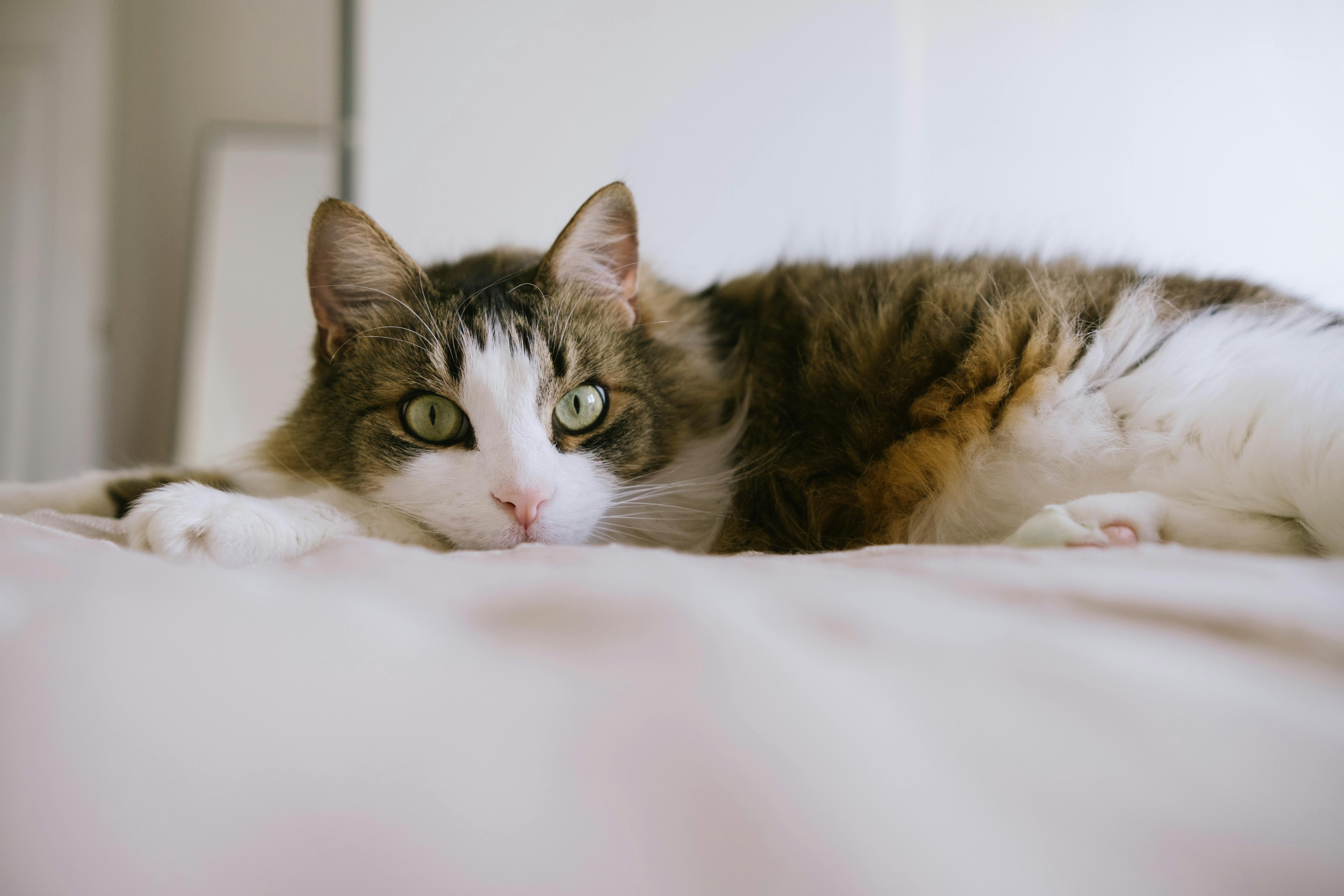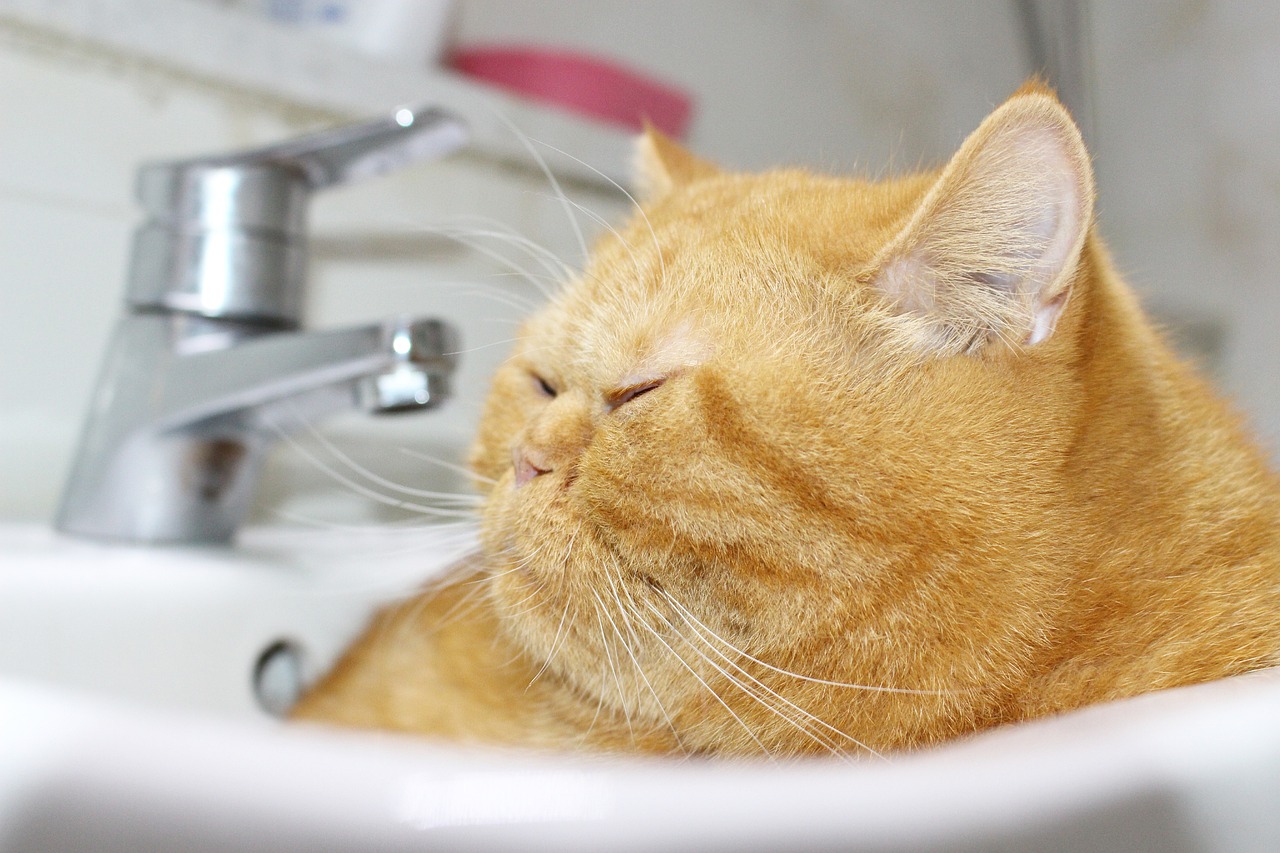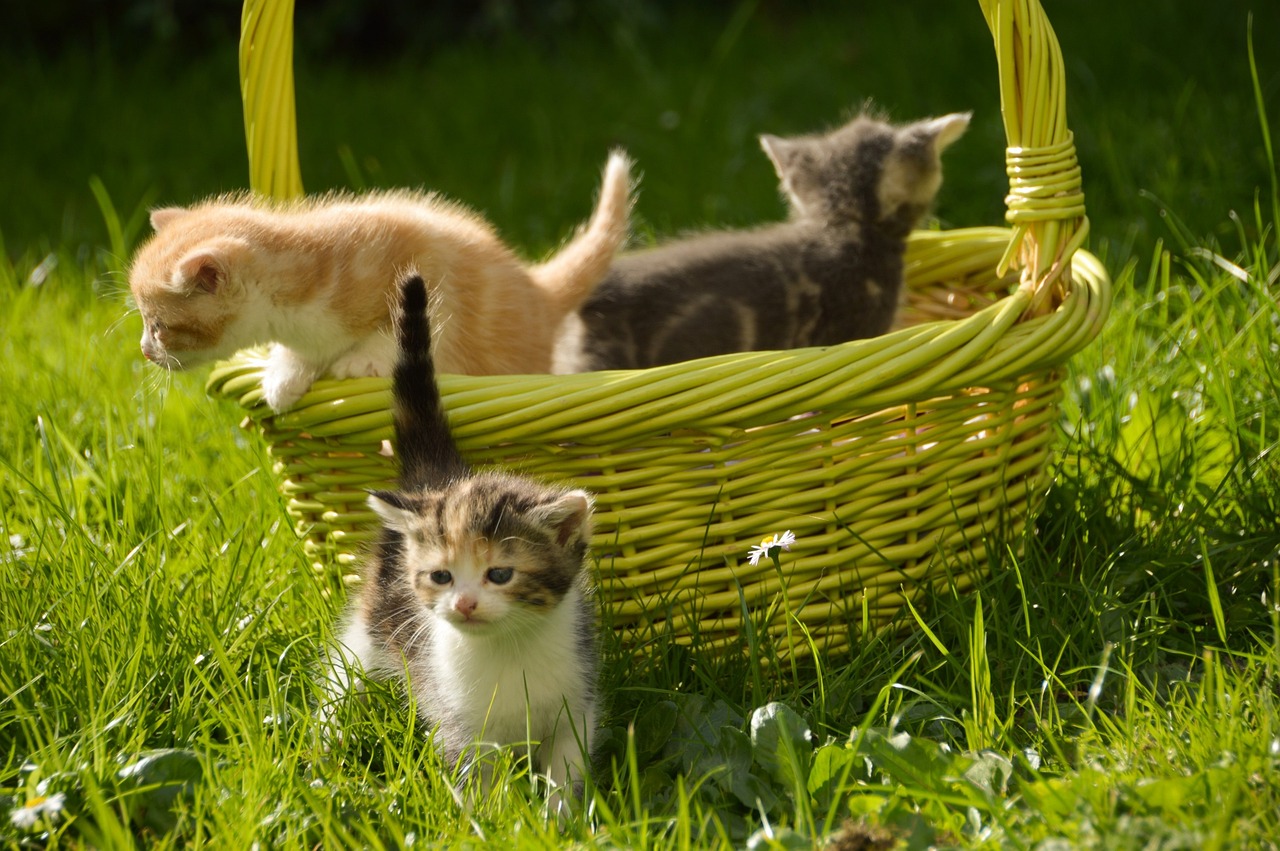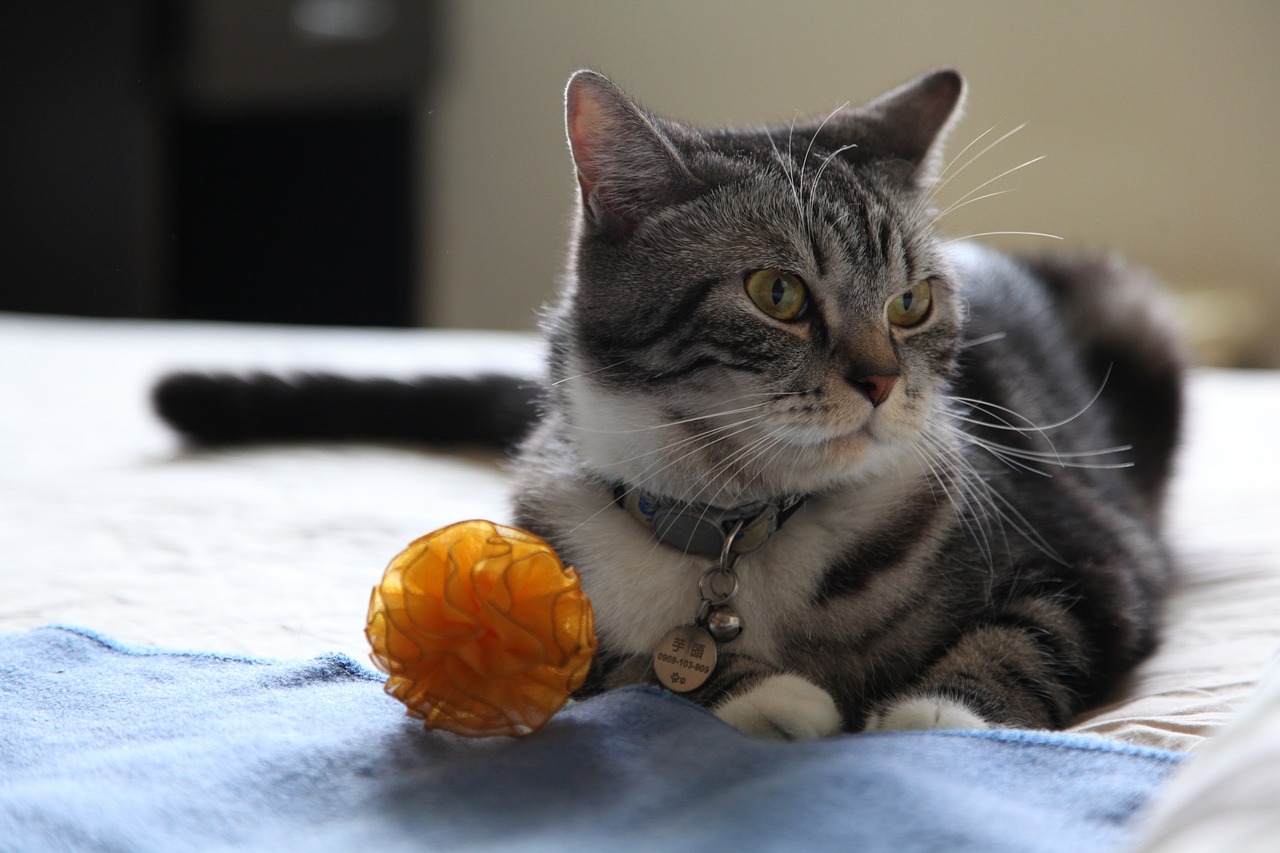A Guide to Assessing Your Cat's Weight: Underweight, Overweight, or Just Right

However, these statistics are based on owner-reported data. Reports from veterinarians in the UK show varying figures on feline obesity, with some studies indicating that up to 44% of cats are overweight.
So, how can you determine if your cat maintains a healthy weight? The best action is to take your feline companion to a veterinarian for a thorough examination and an accurate assessment of their well-being.
Watching your cat's weight at home between vet visits is also advisable. This way, you can promptly identify significant changes in their size.
What Should Be the Ideal Weight for My Cat?
The typical weight for an average domestic cat is approximately 4 kilograms (9 pounds). However, this can vary based on numerous factors. Your veterinarian will be able to guide what constitutes a healthy weight for your specific cat.
Weighing your cat home can be tricky, as they might not be inclined to stay still on the scales. One practical approach is to step on the scales yourself while holding your cat or place your cat in a carrier on the scales. Then, you can subtract your weight or the carrier's weight from the total reading to determine your cat's weight.
How Can I Determine If My Cat Is Underweight?
If your cat is 10% below their ideal weight, they are considered underweight.
Signs of an underweight cat include:
Visible Ribs and Spine: You can see their ribs and spine, especially if they have short fur.
Prominent Waist: Their waist will be noticeably tucked behind their ribs when viewed from above.
Belly Tuck: Their belly will clearly tuck up behind their ribs when seen from the side.
Minimal Fat Layer: You won't be able to feel a layer of fat over their ribs and spine when you pet them.
How Can I Determine If My Cat Is Overweight?
If your cat is 10% above their ideal weight, they are considered overweight. If they exceed 20% of their ideal weight, they are classified as obese.
Signs of an overweight cat include:
Lack of Waist Definition: They won't have a distinct waist, and their belly may protrude behind their ribs.
Rounded Belly: Their belly will appear rounded and may even have a sagging "pad" of fat.
Hidden Ribs: It will be challenging, perhaps even impossible, to feel their ribs beneath their fur due to excess fat cover.
Fatty Deposits: Their backbone may be concealed by substantial fatty deposits, making it impossible to feel or see.
How Can I Determine If My Cat Is at the Correct Weight?
If your cat is at their ideal weight, they should exhibit the following characteristics:
Slight Waist Tuck: Their waist should tuck in slightly behind their ribs when viewed from above.
Tucked-Up Belly: Their belly should be slightly tucked behind their ribs when viewed from the side.
Easily Felt Ribs: You should be able to feel your cat's ribs with ease, as there is minimal fat covering.
Thin Backbone Cover: You should be able to feel their backbone under a thin layer of fat, although it should not be visible.
Being either underweight or overweight can lead to health issues for your cat. If you're concerned about fluctuations in your cat's weight, it's advisable to consult your veterinarian for guidance. Additionally, you can find tips on feeding your cat a healthy diet on our website.
Get insurance plans with wide-ranging coverage options








